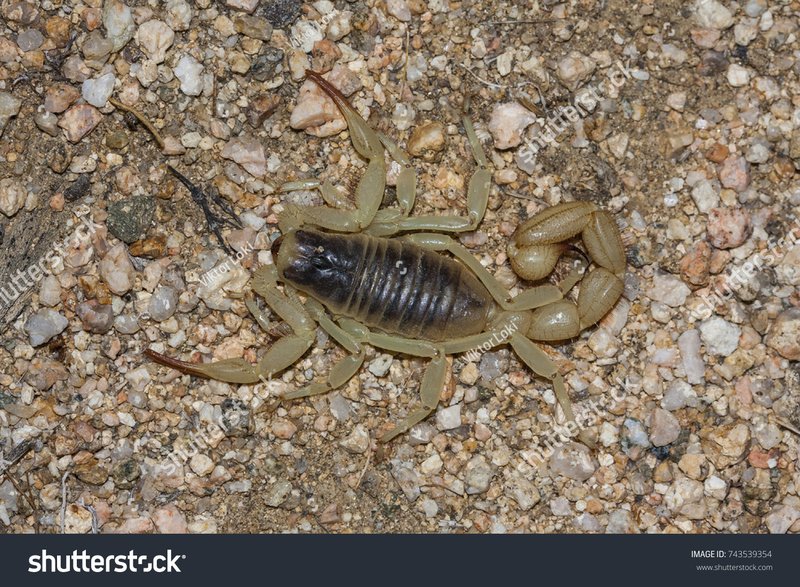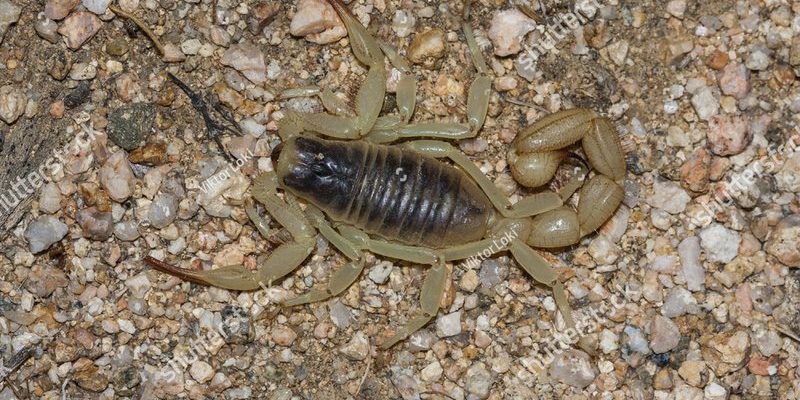
When chatting about scorpions, the giant hairy scorpion, also known as *Hadrurus arizonensis*, often pops up. It’s one of the largest scorpions in North America, primarily found in the southwestern United States and parts of Mexico. Picture it as the big brother of scorpions, but is it really a threat to you? Let’s dive into what makes this creature tick.
Understanding the Giant Hairy Scorpion
The giant hairy scorpion can grow up to 8 inches long. That’s about the size of a small kitten! With a distinctive hairy body and long, curved tail, it has a striking appearance. Its color can vary from tan to dark brown, helping it blend into its desert surroundings. This adaptation is not just for show; it’s a survival mechanism.
You might be wondering about their habitat. These scorpions thrive in dry, sandy areas and often burrow into the ground to escape the heat. They’re nocturnal hunters, which means they come out at night to hunt for food. Their diet typically consists of insects and small invertebrates. Imagine that: a scorpion darting around under the cover of darkness, playing its role in the ecosystem.
One of the most common misconceptions about scorpions is that they are all lethal. The giant hairy scorpion, while intimidating, is not one of the poisonous varieties. Their venom is primarily used for subduing prey rather than for self-defense against humans. Understanding this helps paint a more nuanced picture of these creatures.
Is The Giant Hairy Scorpion Poisonous?
You might be thinking, “What exactly does it mean for a scorpion to be poisonous?” In the case of the giant hairy scorpion, it does possess venom, but it isn’t dangerous to humans. The venom can cause a sting, similar to that of a bee, but it’s not life-threatening for most people.
The effects of a giant hairy scorpion sting can vary. For a healthy adult, it might feel like a sharp jab followed by localized pain and swelling. In some cases, it can lead to mild numbness, redness, and itching at the sting site. However, people with allergies, children, or the elderly may experience more severe reactions, including prolonged pain, swelling, or allergic shock.
Here’s the thing: while its sting isn’t typically deadly, that doesn’t mean you should handle one without care. If you see one in the wild, it’s best to admire from a distance. Remember, they’re wild animals with their own instincts, and they may sting if they feel threatened.
Comparing Giant Hairy Scorpion Venom to Other Scorpions
When you think about scorpions, it’s important to know that not all are created equal. Some species, like the *Androctonus australis* or the *Leiurus quinquestriatus*, have venom that can be lethal to humans. In fact, these species are considered some of the most dangerous scorpions in the world.
So how does the giant hairy scorpion stack up? It’s often compared to these more dangerous relatives, as it lacks the potent venom that can affect humans seriously. Their venom is more of a defensive mechanism than a harmful weapon.
To give you a clearer picture, let’s look at a brief comparison:
| Scorpion Species | Venom Potency | Danger to Humans |
|---|---|---|
| Giant Hairy Scorpion | Low | Minimal |
| Androctonus australis | High | Very Dangerous |
| Leiurus quinquestriatus | High | Very Dangerous |
As you can see, the giant hairy scorpion is far less dangerous in terms of venom potency. While it does possess venom, its effects are generally mild compared to its more hazardous cousins.
What Should You Do If Stung by a Giant Hairy Scorpion?
If you ever find yourself on the unfortunate side of a scorpion sting, there are a few steps you can take to ease the discomfort. First and foremost, try to stay calm. The sting itself can be painful, but most reactions are manageable.
Here’s what you can do:
- Clean the area: Wash the sting site with soap and water to prevent infection.
- Apply ice: Use an ice pack or a cold cloth to reduce swelling and numb the pain.
- Take over-the-counter pain relief: Medications like ibuprofen or acetaminophen can help ease any discomfort.
- Watch for severe reactions: If you experience difficulty breathing, swelling, or other severe symptoms, seek medical help immediately.
Remember, while most people will recover without issues, it’s always wise to take precautions, especially if you’re in an area known for scorpions.
Understanding Their Role in the Ecosystem
Giant hairy scorpions are more than just creepy eight-legged creatures; they play a vital role in the ecosystem. As predators, they help keep insect populations in check, which can contribute to a balanced environment.
Their presence serves as an indicator of a healthy ecosystem. Since they are sensitive to changes in their environment, like pollution or habitat destruction, their well-being can reflect the health of the surrounding area. So, instead of viewing them purely as pests, consider the bigger picture.
In a way, they’re more like champions of their desert homes, helping maintain the balance between various species. Understanding their role in nature can encourage respect and appreciation rather than fear.
The Fascination Behind Scorpions
Despite their fearsome reputation, scorpions have captivated the interest of many people. From their unique physical features to their mysterious lifestyles, there’s a lot to learn and admire about them.
Some people even keep scorpions as pets. If you’re thinking about becoming a scorpion owner, it’s essential to do your research. A well-cared-for giant hairy scorpion can make for an intriguing companion. However, they do require specific conditions to thrive, such as temperature control and proper habitat.
Plus, learning about their behaviors, like how they communicate through body language or their mating rituals, can be quite fascinating. There’s so much more to these creatures than meets the eye!
Final Thoughts on the Giant Hairy Scorpion
In conclusion, the giant hairy scorpion isn’t as dangerous as it seems. While it does have venom, it’s typically not harmful to humans and can even play a beneficial role in its ecosystem. So the next time you hear about these creatures, maybe think of them as the gentle giants of the scorpion world rather than monsters lurking in the shadows.
Understanding these animals helps us appreciate the complex web of life they’re part of. If you encounter one, respect it from a distance, and remember it’s fulfilling its role in nature. Each creature, no matter how fearsome, contributes to the beautiful tapestry of life on Earth.

